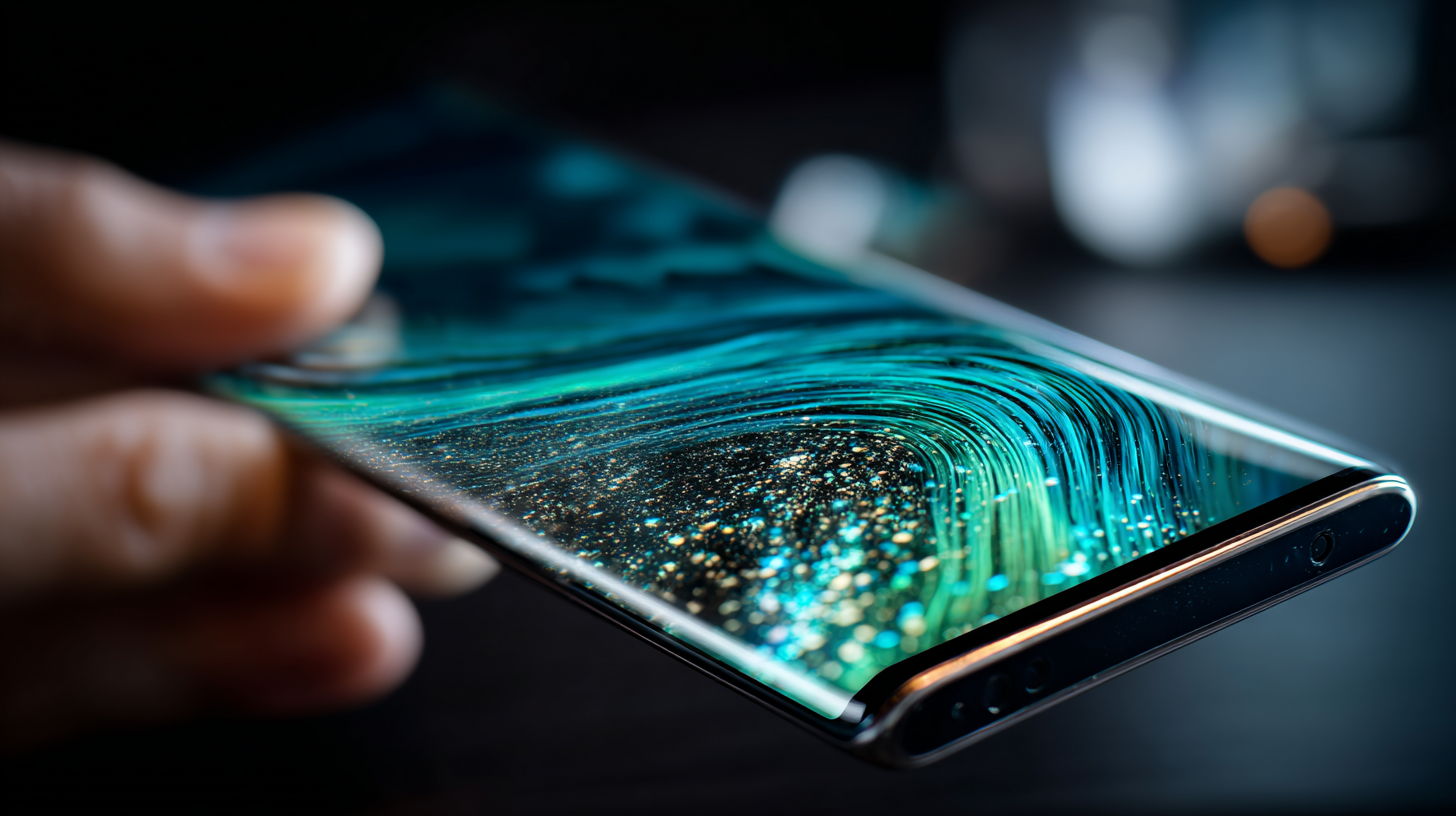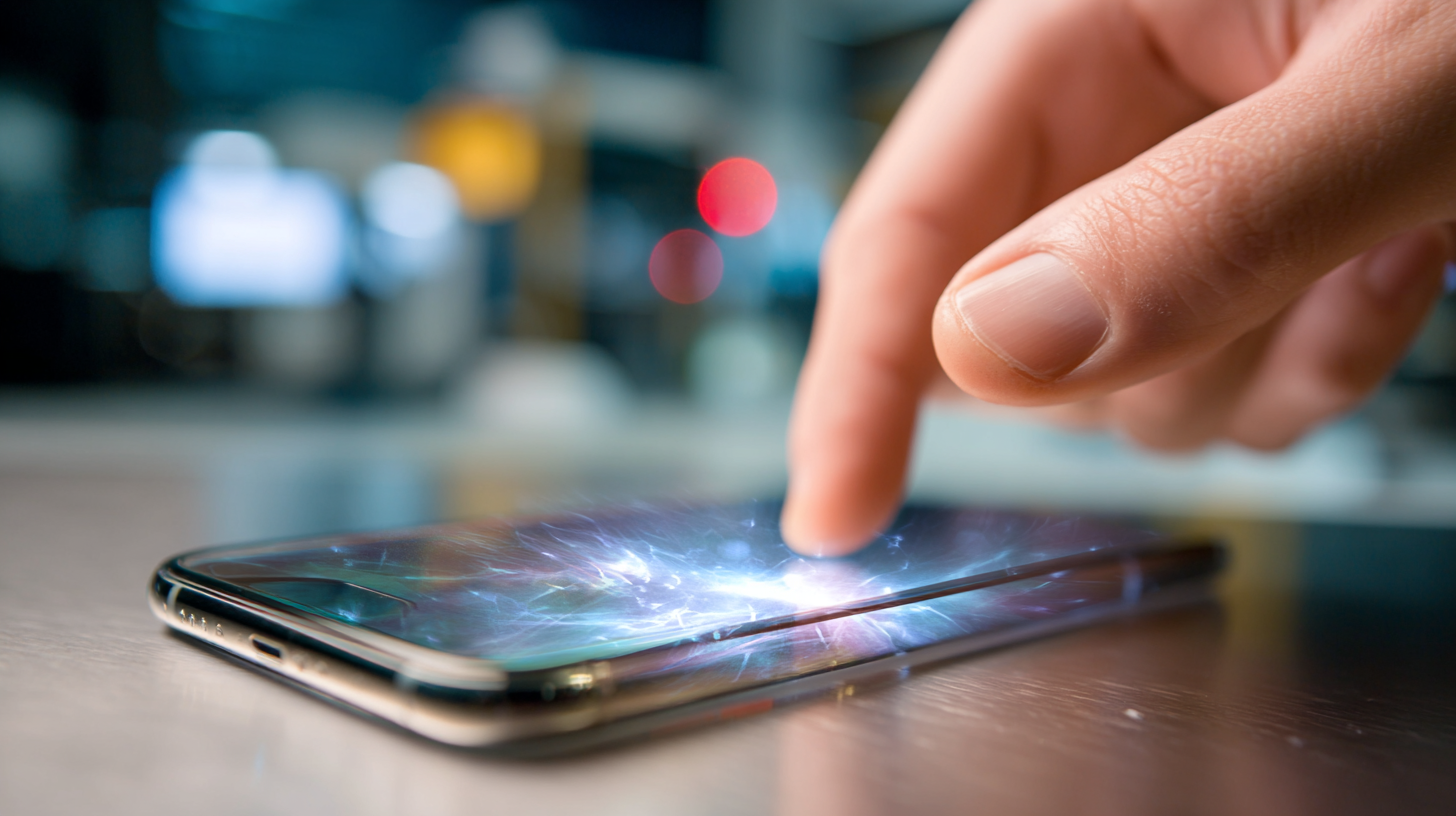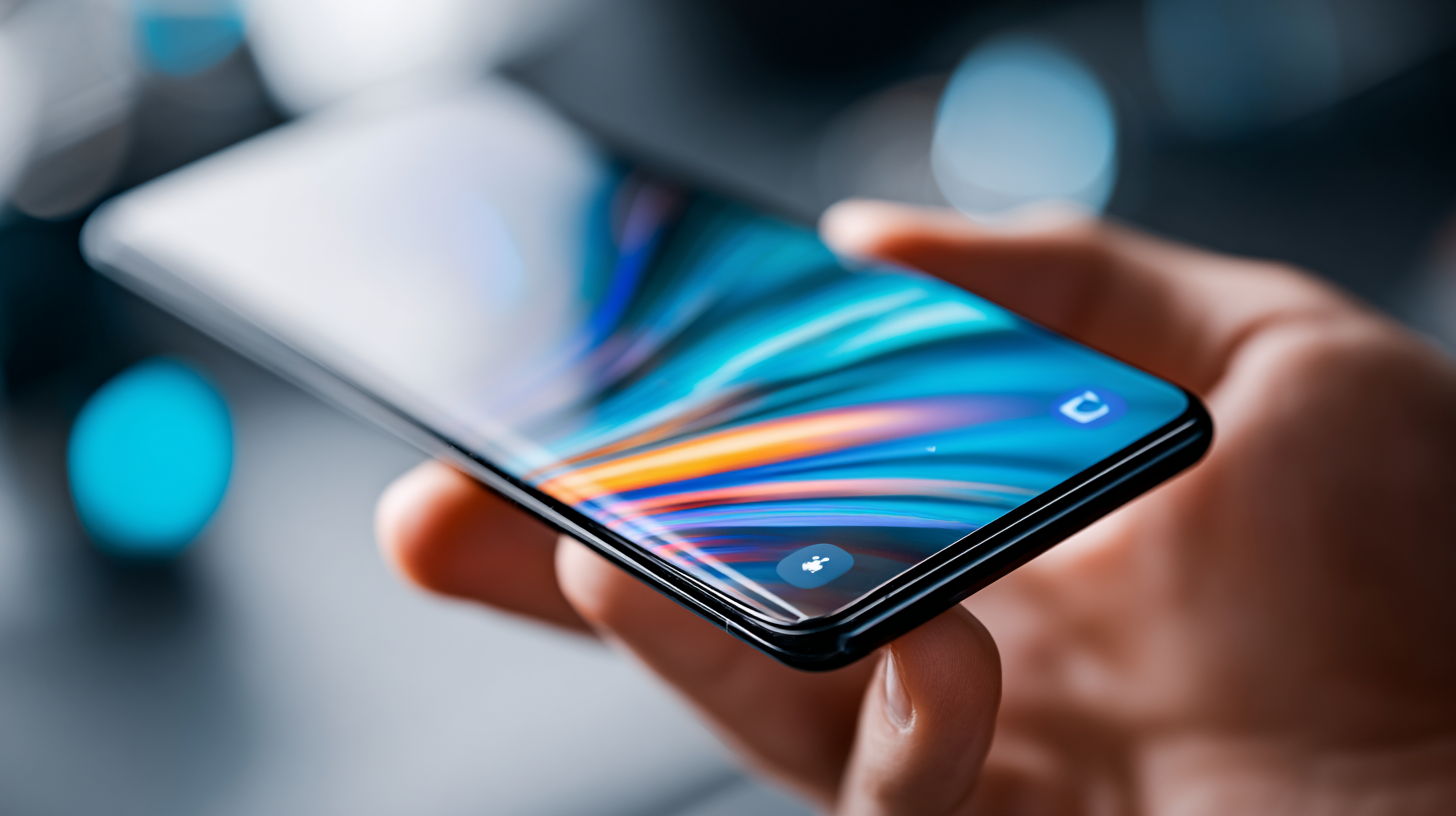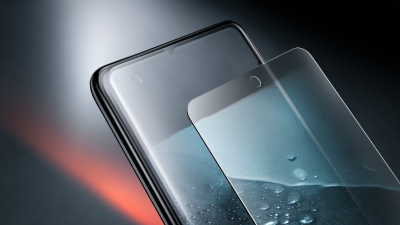
As the use of touch screen devices continues to proliferate across various industries, the significance of selecting the right cover glass for touch screens cannot be overstated. According to a recent report by Grand View Research, the global cover glass market is projected to reach $32.62 billion by 2025, growing at a compound annual growth rate (CAGR) of 10.4% from 2017 to 2025. This growth is driven by the increasing demand for more durable and efficient screen solutions in smartphones, tablets, and industrial applications. The choice of cover glass not only affects durability and scratch resistance but also impacts touch sensitivity and overall user experience. Consequently, understanding the key factors in selecting the right cover glass for touchscreen devices is crucial for manufacturers and consumers alike, ensuring that these devices meet the high standards of performance and longevity expected in today's technology-driven world.

The cover glass in touch screen devices plays a crucial role in ensuring both functionality and durability. It serves as the first line of defense against scratches, impacts, and environmental factors, making it essential for maintaining the device's performance over time. A high-quality cover glass not only enhances the touch sensitivity, allowing for seamless interaction, but also protects sensitive components from damage, ensuring longevity.
When selecting cover glass, it's important to consider various factors such as material type, thickness, and anti-glare properties. Gorilla Glass, for instance, is renowned for its strength and resistance to scratches, making it a popular choice among manufacturers. Additionally, the thickness of the glass can affect both touch sensitivity and overall durability. By understanding these aspects, consumers can make informed choices that enhance their user experience while safeguarding their investment in touch screen technology.
When selecting cover glass for touch screen devices, it is crucial to prioritize durability and clarity. Recent advancements in materials science have led to the development of highly durable glass options, such as enhanced scratch-resistant compositions that significantly outperform standard glass. Reports indicate that modern cover glass solutions can withstand impacts five times better than earlier models, making them a viable choice for everyday devices that experience rigorous use.
Visual clarity is equally significant, as buyers expect high-resolution displays to remain vibrant and clear under various lighting conditions. Advanced optical coatings can reduce glare and reflections, ensuring a more enjoyable user experience. Studies show that devices with improved anti-reflective glass can increase visibility by up to 30% in bright environments compared to conventional glass. With ongoing innovations in glass technology, selecting the right cover glass can enhance not only the durability of touch screen devices but also elevate the overall visual experience for users.
When selecting cover glass for touch screen devices, it's crucial to understand the different types of materials available, as each comes with unique properties that can affect usability and durability. Among the most common materials are Gorilla Glass, Dragontrail Glass, and traditional soda-lime glass. According to a report by Smithers Pira, the global market for specialty glass, including cover glass for electronics, is projected to reach $40 billion by 2025, highlighting the importance of choosing the right material for your device.
Gorilla Glass, developed by Corning, is renowned for its impressive scratch and impact resistance, making it a popular choice for smartphones and tablets. A study published in the Journal of Display Technology indicated that devices with Gorilla Glass have a 50% lower chance of cracking upon impact compared to those with standard glass. Conversely, Dragontrail Glass offers similar durability but is often favored for its lower weight, which can improve the overall ergonomics of lightweight devices.
When choosing the ideal cover glass, prioritize tip features such as abrasion resistance, clarity, and thickness. For instance, opting for a thicker glass can enhance durability but may also compromise touch sensitivity. Additionally, ensure that the coating is oleophobic to repel fingerprints and smudges effectively, maintaining the aesthetic appeal of the screen. Understanding these material qualities will help you make informed decisions that enhance both the performance and longevity of touch screen devices.
| Material Type | Hardness (Mohs) | Thickness (mm) | Transmittance (%) | Cost (per sq. meter) | Scratch Resistance | Fingerprint Resistance |
|---|---|---|---|---|---|---|
| Tempered Glass | 6-7 | 0.5-3.0 | 90 | $30 | Good | Moderate |
| Gorilla Glass | 6-7 | 0.5-2.5 | 85 | $45 | Excellent | High |
| Sapphire Glass | 9 | 0.5-2.0 | 90 | $150 | Outstanding | High |
| Plastic (PET) | 3-4 | 0.3-1.5 | 80 | $15 | Poor | Low |
| Organic Glass (PMMA) | 3-4 | 2.0-5.0 | 92 | $20 | Moderate | Moderate |
When selecting cover glass for touch screen devices, thickness and impact resistance are critical factors that directly influence both user experience and device longevity. The thickness of the glass plays a vital role in ensuring sensitivity and responsiveness to touch. A balance needs to be struck: while thicker glass can provide better protection against scratches and drops, it may also compromise the touch sensitivity. Therefore, it's essential to choose a glass thickness that maintains the responsiveness of the screen while offering adequate protection.

Impact resistance is another key consideration, as touch screen devices often face accidental drops and rough handling. High-impact-resistant glass, such as tempered or gorilla glass, significantly reduces the risk of shattering and ensures that the display maintains its clarity and functionality. Testing for impact resistance should include evaluating how the glass performs under varying impact forces, as this can help predict its durability in real-world scenarios.
Ultimately, selecting the right cover glass involves weighing the benefits of thickness and impact resistance while maintaining the essential usability of touch screen devices.
In today's competitive market, consumers are increasingly leaning towards function-driven solutions that not only satisfy their practical needs but also enhance aesthetic appeal. When renovating spaces, many homeowners prioritize designs that elegantly blend beauty with utility. This trend is particularly evident in the choice of cover glass for touch screen devices, where durability and a sleek look are essential. As technology evolves, the demand for cost-effective solutions that do not compromise on quality becomes paramount. Consumers want products that deliver reliable performance while also fitting seamlessly into their modern lifestyles.

The transformation of enterprises through digital means involves various specialized fields, each playing a role in bringing innovative ideas to life. By creating advanced 3D models, businesses can simulate, test, and evaluate new concepts within virtual environments before actual development. This approach not only streamlines the design process but also ensures that the final product meets both functional and aesthetic criteria. In an era where compromises are not an option, the ability to provide solutions that marry design and performance is vital for success in the market.





